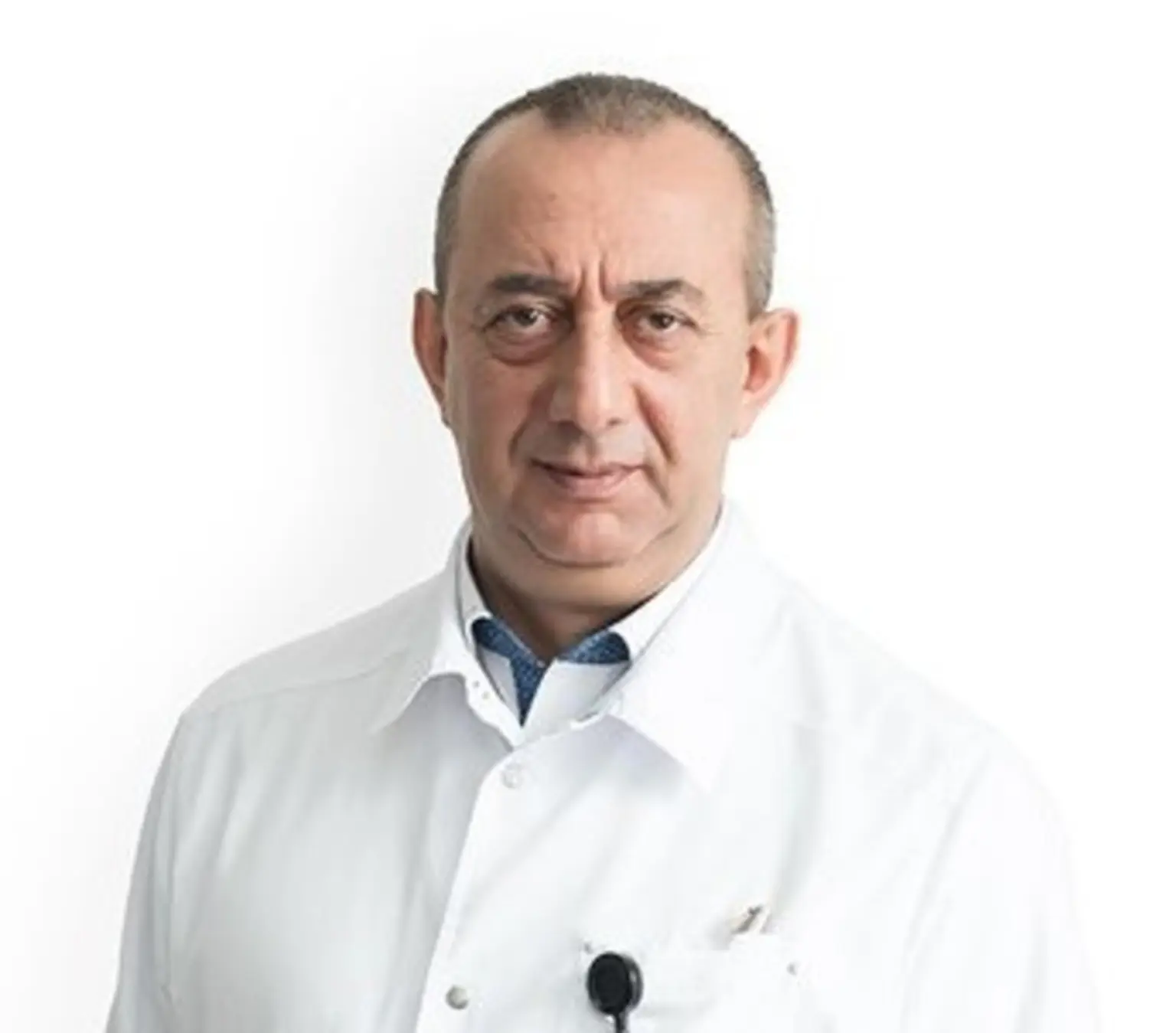Dr. Sargsyan Armen | Federal Scientific Clinical Centre for Medical Radiology and Oncology of the FMBA of Russia
This page is solely managed by the hospital for all communications.
Dr. Sargsyan Armen
Laparoscopic Cholecystectomy · Anal Disease
International Call - Call hospitals worldwide for free using the internet
